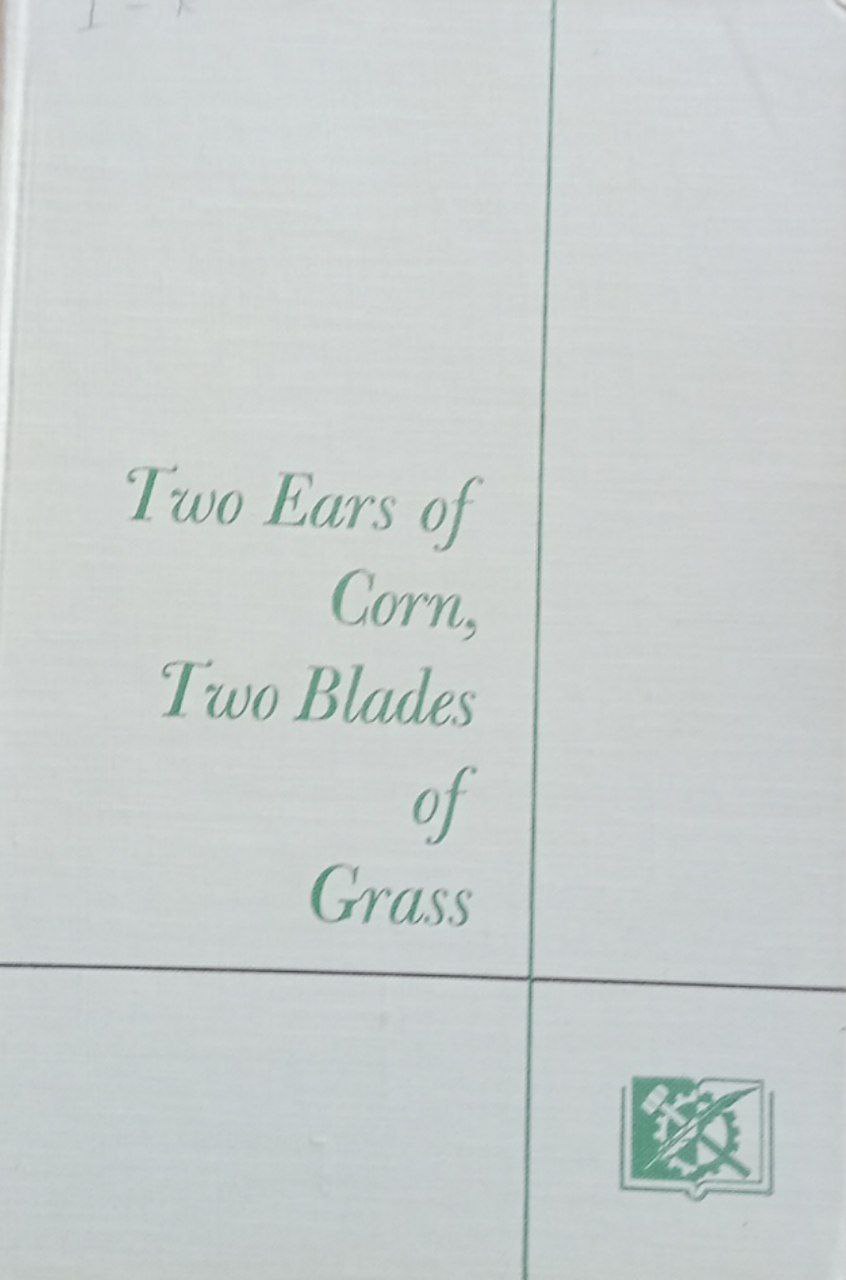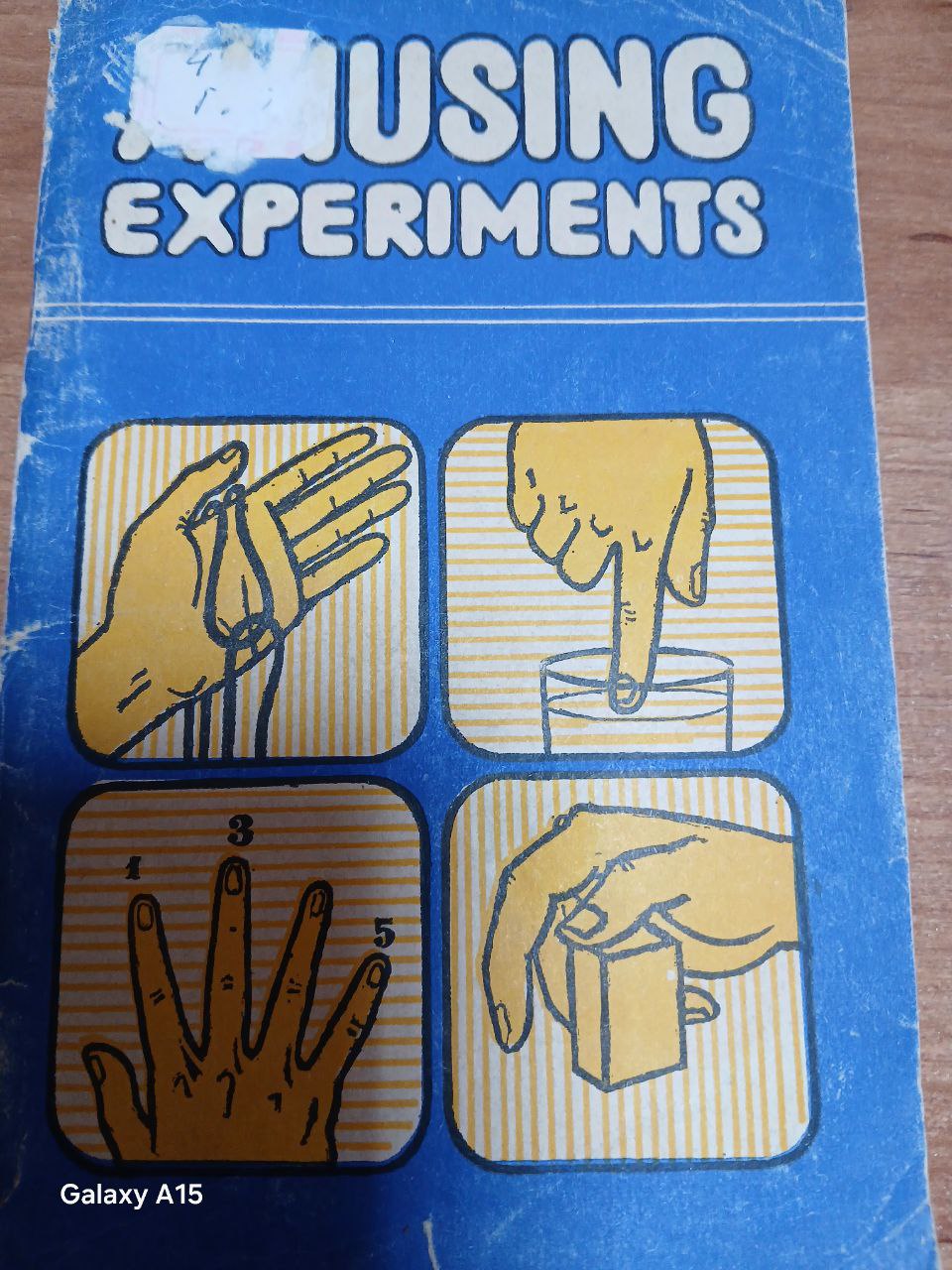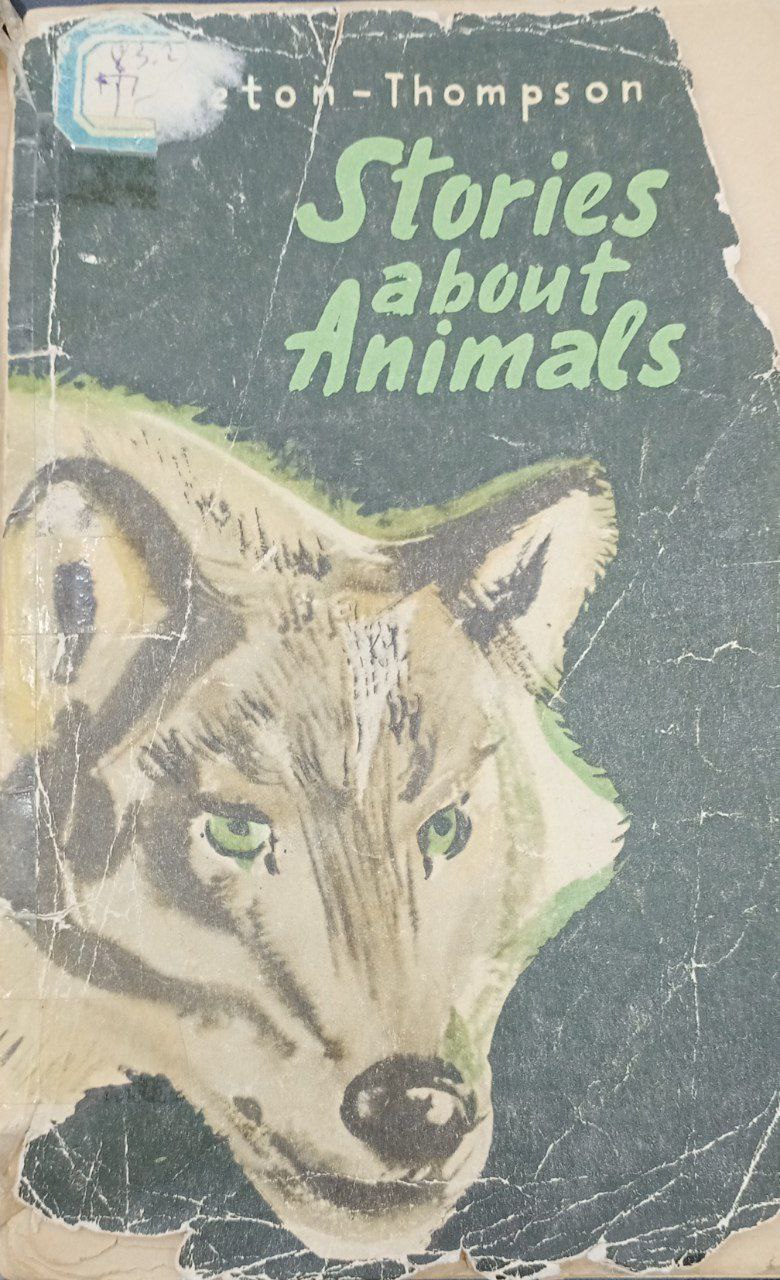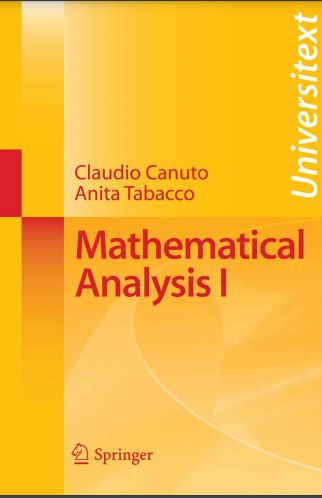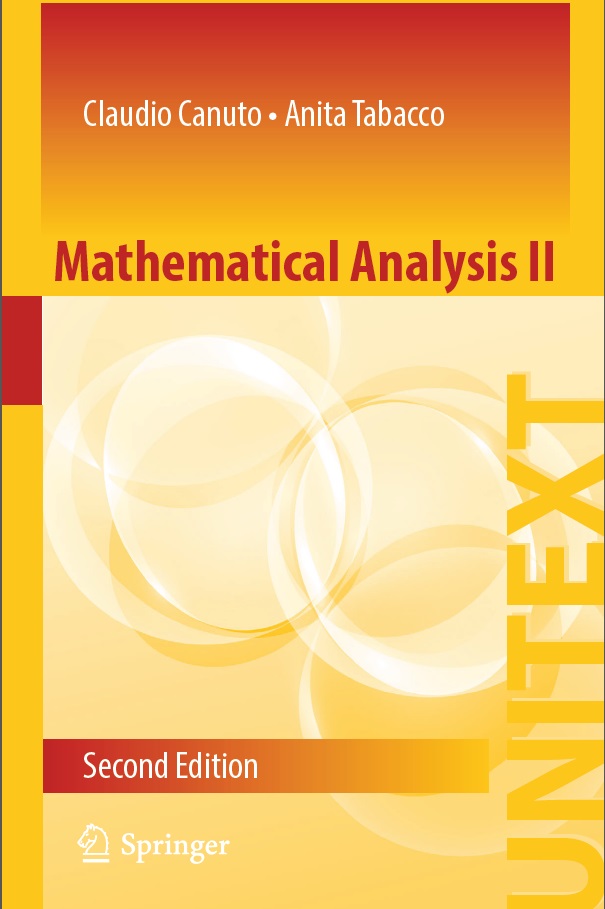-
-
-
-
-
-
-
-
-
-
-
-
Jahon va ayrim mamlakatlar adabiyoti tarixi va tanqidi,
-
-
-
-
Family Album 1
James Kelty,“Family Album 1” is a book that focuses on family life, relationships, and everyday experiences shared among relatives. It presents stories, dialogues, and activities that help readers learn about family traditions, communication, and emotions. The book also aims to develop language skills through practical examples related to family situations. It is suitable for students who want to improve their English while learning about cultural aspects of family life.
-
Family Album 3
James Kelty,“Family Album 3” is a book that focuses on family life, relationships, and everyday experiences shared among relatives. It presents stories, dialogues, and activities that help readers learn about family traditions, communication, and emotions. The book also aims to develop language skills through practical examples related to family situations. It is suitable for students who want to improve their English while learning about cultural aspects of family life.
-
Don't Let the Pigeon Drive the Bus
Mo Willems,Don’t Let the Pigeon Drive the Bus! is a humorous and interactive picture book that invites children to take part in the story. When a bus driver leaves for a short break, he asks the readers to watch the bus and make sure the mischievous pigeon does not drive it. The pigeon pleads, argues, and tries every trick to get permission, but the readers are encouraged to say “no.” With its playful illustrations, simple text, and engaging dialogue, the book teaches children about boundaries, responsibility, and decision-making in a fun and memorable way.
-
Amelia Bedelia
Herman Parish,Amelia Bedelia is a classic children’s book that introduces readers to the lovable and literal-minded housekeeper, Amelia Bedelia. Famous for taking every instruction exactly as it is said, she creates funny misunderstandings—like “dressing a chicken” by putting clothes on it or “dusting the furniture” by spreading dust instead of cleaning it. With its simple language, playful humor, and charming illustrations, the story delights young readers while also helping them explore the quirks of English expressions. This timeless book is perfect for early readers and remains a favorite for its mix of laughter and learning.
-
Paddington`s Adventures in england
Tje browns house at number thirty -two Winsdor gardens was usually quiet
-
Romeo and Juliet
Shakespeare,chor two households both alike in dignity in fair verona where we lay our scene from ancient grudge break to new mutiny.
-
The Song of Hiawatha
Henry W.LONGFELLOW,Sing the mysteries of Mondamin.The Indians hold the maize,or Indian corn,in general veneration.
-
Anthropology 96/97
Elvio Angeloni,Given the very broad scope of anthropology-in time, space, and sub ject matter-the present collection of highly readable articles has been selected according to certain criteria. The articles have been chosen from both professional and nonprofessional publications for the purpose of supplementing the standard textbook in cultural anthropology that is used in introductory courses
-
Two Ears of Corn Two Blades of Grass
D. H. Killeffer,People commonly - but wrongly - magnify the importance of our material resources and minify our intangible.
-
Занимтельные опыты
Гарднер М.,Сборник может быть использован как для домашнего чтения,так и на занятиях школьных кружков под руководством учителей английского языка.
-
-
-
Stories about animals
Ernest Seton-Thompson,Ernest Seton-Thompson the author of many books about wild animals and birds, was born in England in 1860. When he was 6 years old, his family moved to Canada, where Ernest lived for many years.
-
Mathematical Analysis I
Claudio Canuto,The recent European Programme Specifications have forced a reassessment of the structure and syllabi of the entire system of Italian higher education, and an ensuing rethinking of the teaching material. Nowadays many lecture courses, especially rudimentary ones, demand that students master a large amount of theoretical and practical knowledge in a span of just few weeks, in order to gain a small number of credits. As a result, instructors face the dilemma of how to present the subject matter. They must make appropriate choices about lecture content, the comprehension level required from the recipients, and which kind of language to use. This textbook is meant to help students acquire the basics of Calculus in curricula where mathematical tools play a crucial part (so Engineering, Physics, Computer Science and the like). The fundamental concepts and methods of Differential and Integral Calculus for functions of one real variable are presented with the primary purpose of letting students assimilate their effective employment, but with critical awareness. The general philosophy inspiring our approach has been to simplify the system of notions available prior to the university reform; at the same time we wished to maintain the rigorous exposition and avoid the trap of compiling a mere formulary of ready-to-use prescriptions. From this point of view, the treatise is 'stratified' in three layers, each corresponding to increasingly deeper engagement by the user. The intermediate level corresponds to the unabridged text. Notions are first presented in a naive manner, and only later defined precisely. Their features are discussed, and computational techniques related to them are exhaustively explained. Besides this, the fundamental theorems and properties are followed by proofs, which are easily recognizable by the font's colour. At the elementary level the proofs and the various remarks should be skipped. For the reader's sake, essential formulas, and also those judged important, have been highlighted in blue, and gray, respectively. Some tables, placed both throughout and at the end of the book, collect the most useful formulas. It was not our desire to create a hierachy-of-sorts for theorems, instead to leave the instructor free to make up his or her own mind in this respect.
-
Mathematical Analysis II
[],Some graphical conventions are adopted: definitions are displayed over grey backgrounds, while statements appear on blue; examples are marked with a blue vertical bar at the side; exercises with solutions are boxed (e.g., 12. ). This second edition is enriched by two appendices, devoted to differential and integral calculus, respectively. Therein, the interested reader may find the rigorous explanation of many results that are merely stated without proof in the previous chapters, together with useful additional material. We completely omitted the proofs whose technical aspects prevail over the fundamental notions and ideas. These may be found in other, more detailed, texts, some of which are explicitly suggested to deepen relevant topics. All figures were created with MATLABTM and edited using the freely-available package psfrag. This volume originates from a textbook written in Italian, itself an expanded version of the lecture courses on Calculus we have taught over the years at the Politecnico di Torino. We owe much to many authors who wrote books on the subject: A. Bacciotti and F. Ricci, C. Pagani and S. Salsa, G. Gilardi to name a few. We have also found enduring inspiration in the Anglo-Saxon-flavoured books by T. Apostol and J. Stewart. Special thanks are due to Dr. Simon Chiossi, for the careful and effective work of translation. Finally, we wish to thank Francesca Bonadei – Executive Editor, Mathematics and Statistics, Springer Italia – for her encouragement and support in the preparation of this textbook.









